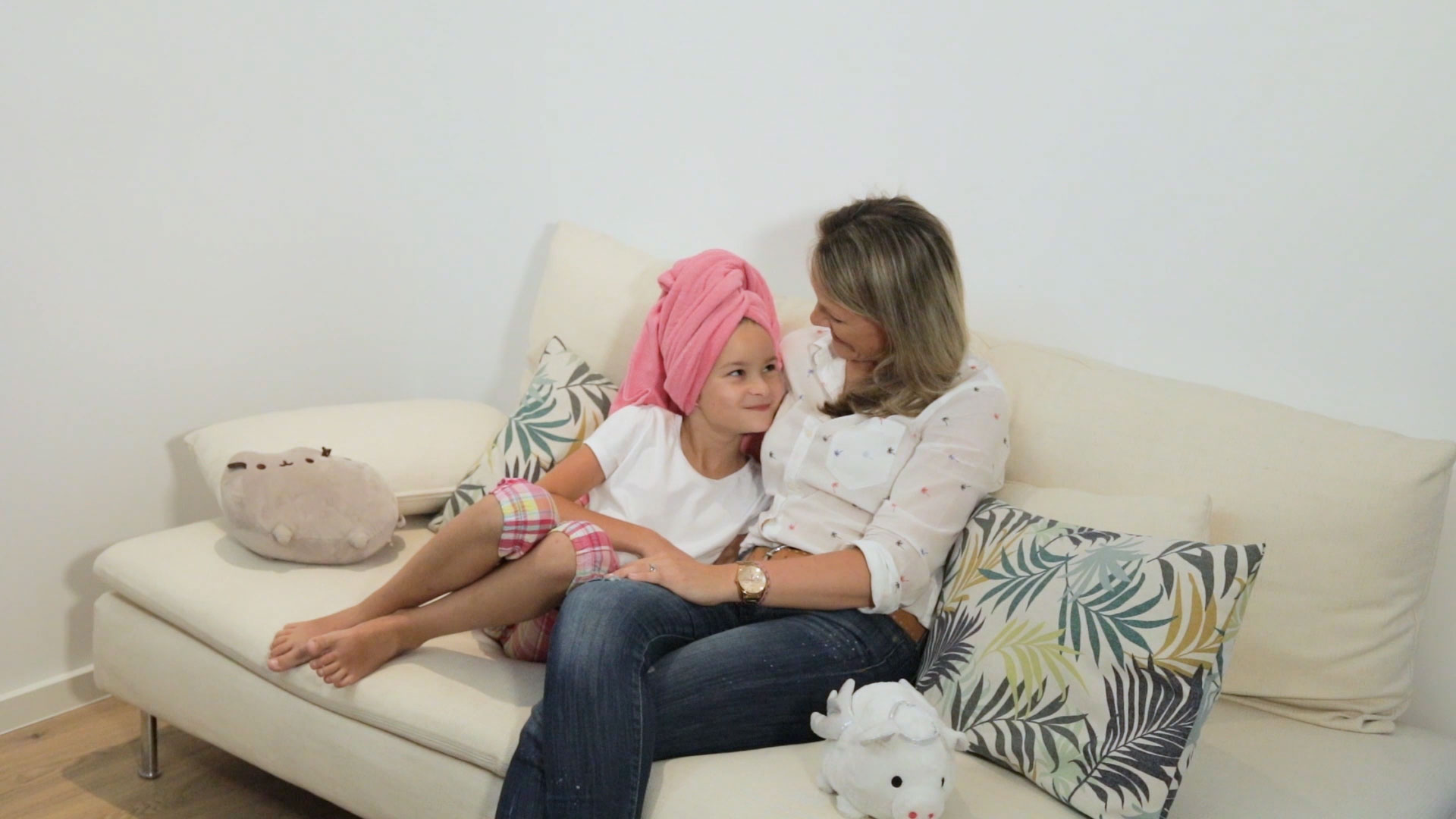
The main symptom is head skin itching. As a result of development of allergy to parasite’s saliva and excrement, itching and tingling increase and they are the reasons of scratching. It is also an effect of lice bites resulting in micro wounds, visible irritations and even bacterial infection caused by wound contamination. Enlarged lymph glands could also be a symptom.
In some cases itching occurs after few weeks from infestation.
Stage 1- Examination
If there is a risk of head lice infestation (e.g. pediculosis at school), examine child’s hair at last twice a week. Use a fine-tooth comb in a well-lighted space and comb dividing hair into smaller sections. You can help yourself detecting parasites by using a white tissue. Lice live close to the scalp skin, behind ears and near the neckline at the back of the head. In case of full infestation, lice spread all over the head surface.
Stage 2- Carrying out the procedure
Choose a product which is highly efficient against nits and all developmental stages of lice after just a single use. The best would be a product with no need to re-apply. You should also check the hair of all members of your household and in case of detect pediculosis carry out treatment for all.
Stage 3 – What to clean after a lice infestation? Who should be informed?
Clean your house thoroughly with attention to surfaces like floors, furniture and carpets. Wash clothes, towels and bed linens in temp of 60° or with additive of Nitolic® Wash. It will keep the fabrics free from nits and provide an effective protection from re-infestation.
Once the lice are detected, try to forward the information to school principal or teachers and inform other parents of your children’s friends.
Stage 4 – Prevention of re-infestation
Apply lice prevention spray regularly. Use repellent spray even on daily basis if in your child nearest surrounding is a risk of pediculosis.
The most common symptom of head lice infestation is itchy scalp (pruritus). Sometimes, however, the head begins to itch a few weeks after infestation.